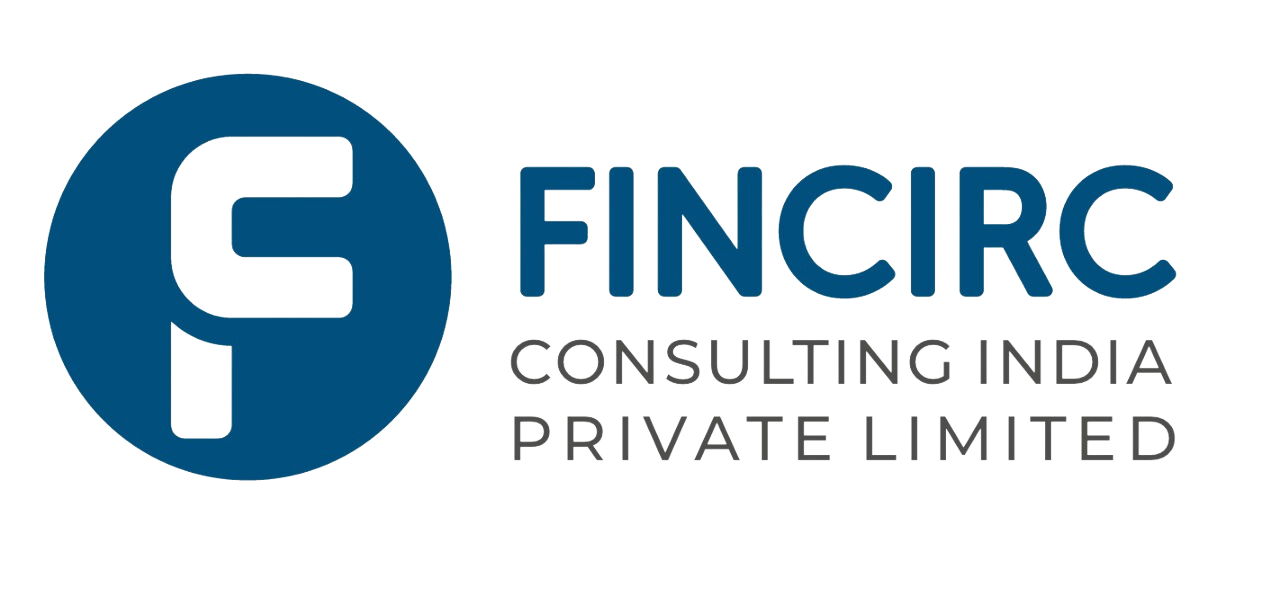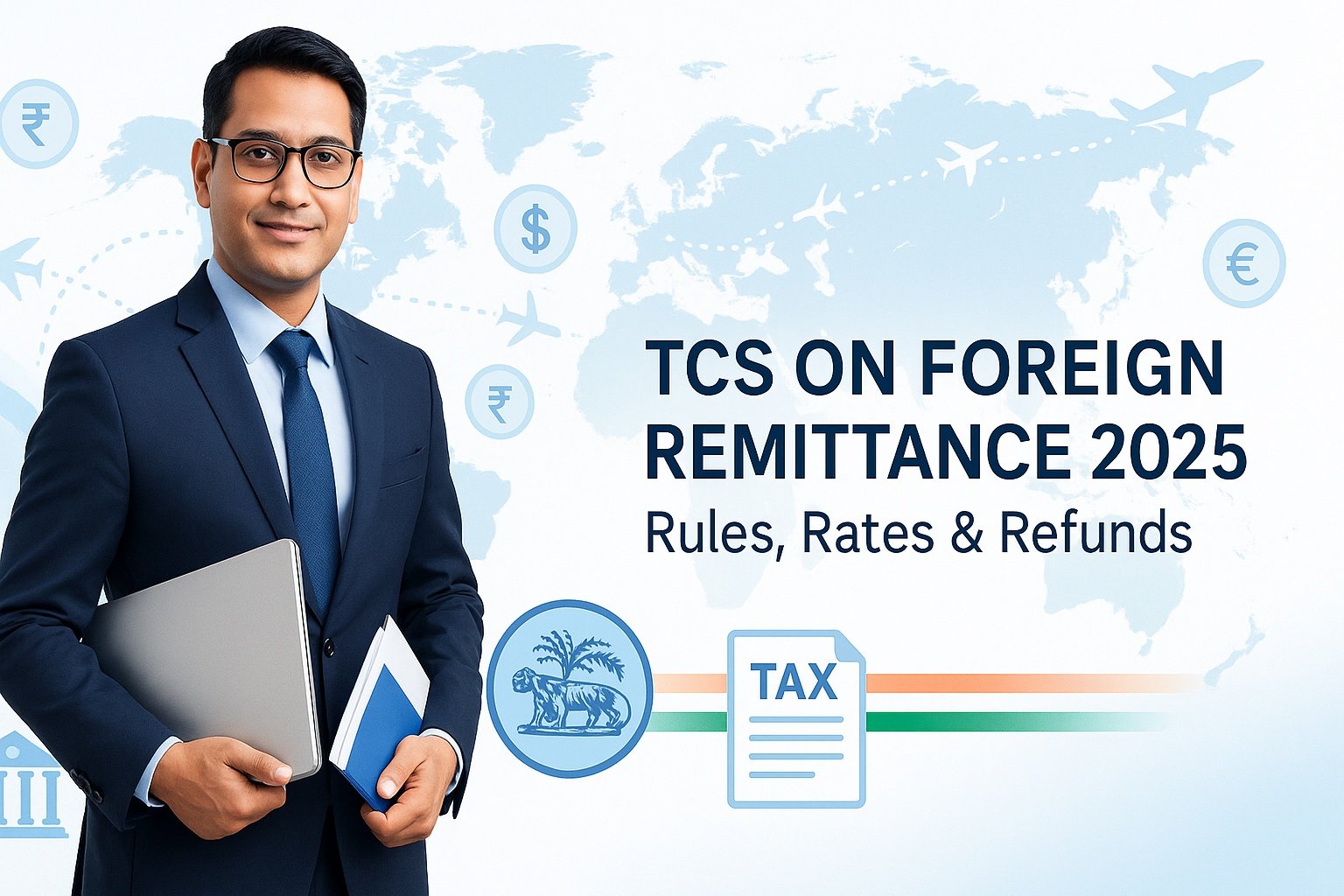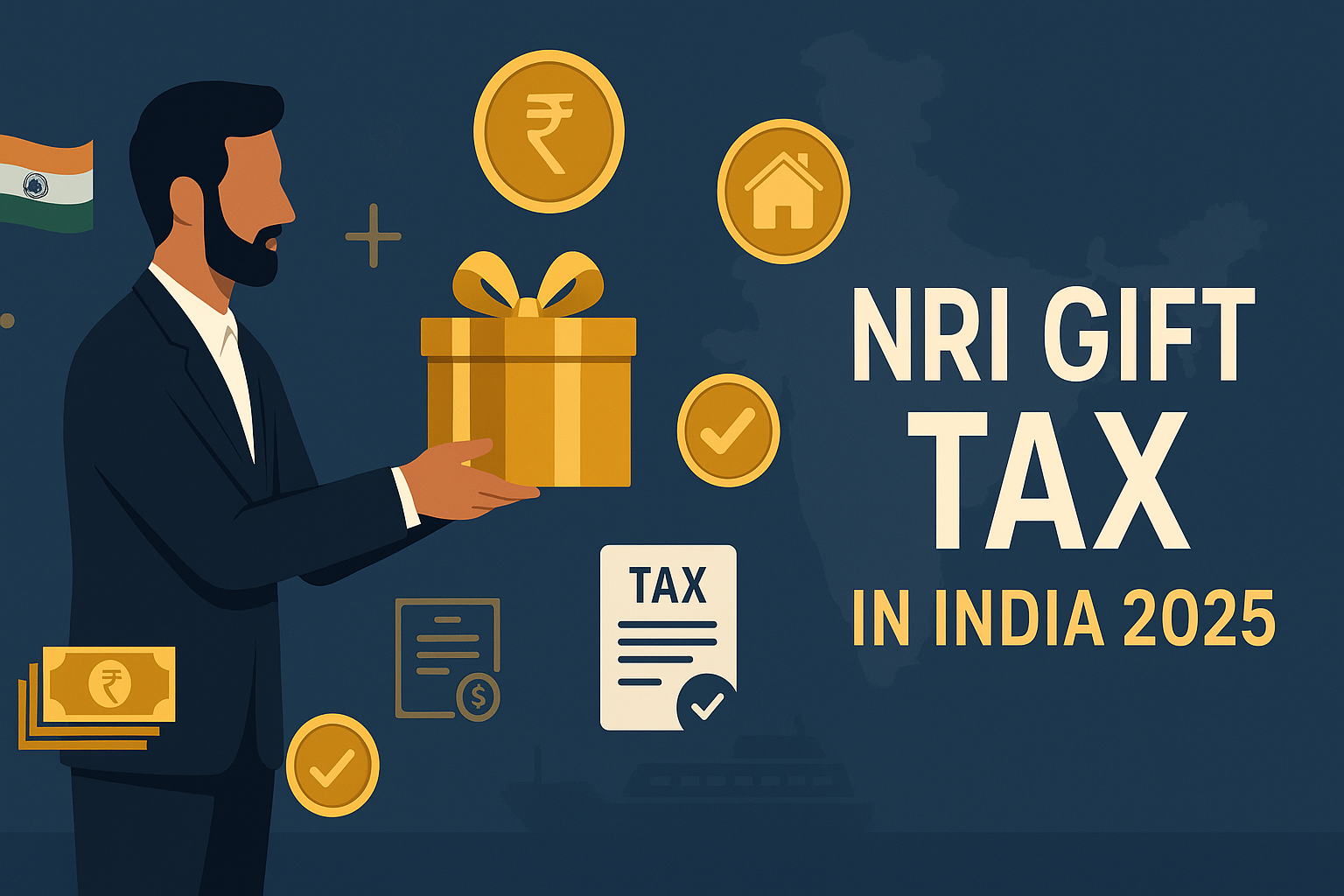NRIs living in the US remit money to India for multiple reasons including supporting family, paying for education or investing in property. But the fees for wire transfers can be a painful indignity: Many established banks charge $30 to $50 for international outgoing wire transfer fees, then mark up exchange rates and deduct another $10 to $20 in intermediary-bank processing fees. Indian receiving banks can extract between ₹100 and ₹1,500 from the incoming amount, slashing actual funds reaching loved ones by hundreds or thousands of dollars a year. India’s Tax Collected at Source (TCS), which is applicable on foreign remittances and has now been revised to be effective from April 2025, may bring the financial hit even higher. This wire transfer fee cutting guide gives you some easy ways to avoid–or at least reduce–wire transfer fees in 2025 and beyond, such as by using digital platforms, timing transfers just right, or even grouping transactions together. It gives actionable guidance on how to make remittances effective and affordable, enabling first time and repeat remitters to navigate the system in a way that helps them save significantly.
What Are Wire Transfer Fees?
Wire transfer fee is the numerous fees collected by banks and financial institutions every time they electronically transfer money to another account UNITED NATION. These charges apply to both domestic and international transfers, but are especially high for cross-border remittances such as from the US to India.
Basically, these fees are there to pay for the service of transferring the money in a fast and secure way. But they also have a tendency to draw on multiple layers, which aren’t always apparent at first sight. Key components include:
- Sending bank fees: This is the first fee your US bank will charge for starting the transfer. It depends on the method — online transfers tend to be cheaper than those done in person or over the phone.
- Receiving bank fees: The India bank receiving the money may take out processing fees.
- Intermediary or correspondent bank fees: International wires may pass through third-party banks, each of which takes a cut.
- Currency conversion markup: Banks give you a worse exchange rate than what’s available on the mid-market, and the bank profits from this.
- SWIFT network fees: The interbank messaging system enabling most overseas transfers levies a small charge to cover the costs of coordinating.
These factors all add up to one thing: wire transfers can be expensive and sometimes unclear expenses, which especially for NRIs, using them in very regular basis. Understanding this abuse is the first step in selecting pathways devoid of superfluous layers.

Typical Costs & Hidden Charges
The cost of a wire transfer from the US to India in 2025 varies depending on your provider and means. Traditional banks continue to be among the most expensive, with outgoing overseas wire fees usually ranging from $20 to $50. For example, some banks provide fee-less wires under certain circumstances, but the majority hold to typical charges: approximately $30 for electronic transfers and up to $50 for branch-supported ones. On the sending end, Indian banks such as HDFC may charge between ₹45 and ₹1,800 depending on the quantity.
Hidden charges often inflate the total beyond the advertised fee. These include:
- Exchange rate markups: Banks charge 2-5% more than the real mid-market rate, so a $1,000 transfer may lose $20-$50.
- Correspondent bank deductions: $10-$20 per intermediary, typical in SWIFT-based wires.
- Additional processing fees: Receiving banks can impose flat or percentage-based fees, while some US banks charge extra for foreign currency wires.
Digital alternatives such as online platforms cost less—usually 0.5-1.5% of the amount—with no hidden charges. For example, promotional offers can waive fees for new or bulk transfers. Always determine the total amount delivered to detect actual costs.
Why Fees Matter for NRIs (India-Specific Angle)
For NRIs, wire transfer fees aren’t merely an inconvenience— they directly impact financial support for families in India, where remittances provide a financial lifeline for millions of households. India has over $100 billion in remittances each year, and even small fees per transaction result in enormous losses throughout the diaspora.
The frequency of transfers intensifies the problem: NRIs often remit money every month for living expenses, education, or healthcare, and cumulative expenses become heavy. Intermediary commissions and hidden markups that are not disclosed can reduce the rupee amount received by 3-7% in relation to mid-market rates.
India-specific considerations elevate the stakes. Under the LRS, TCS is applicable on outward remittances, but for incoming wires by NRIs, compliance with FEMA makes for tax-free receipt if money is from genuine sources. Nevertheless, new TCS rates as of April 2025 influence related overseas expenses: over ₹10 lakh, 5% for other education/medical, and 20% for general expenses. This encourages NRIs to optimize transfers to minimize tax triggers. Additionally, fluctuating USD-INR rates mean poor timing can compound fee losses, underscoring the need for fee-avoidance strategies tailored to Indian regulations.
Proven Ways to Avoid / Reduce Wire Transfer Fees (Actionable Section)
Lowering wire fees requires changing from traditional banks to smarter alternatives.
(a) Switch to Digital Money Transfer Services: Providers such as Wise are offering as low as 0.57% with mid-market rates, significantly lower than banks’ 3-7% total costs. Remitly offers economy transfers from $3.99, and Instarem provides competitive rates with zero fees on first transfers.
(b) Opt for Multi-Currency Accounts: You can use services such as Wise or Revolut to keep USD and INR and switch to a favorable time to prevent markup.
(c) Time Transfers Wisely: Monitor exchange rates and sign up to send alerts during spikes. Some of these apps have rate locking or fee forgiveness when sending large amounts.
(d) Consolidate Transactions: Bundle small sends into larger ones (e.g., quarterly instead of monthly) to dilute flat fees.
(e) Leverage Bank Perks: HSBC bank premium accounts may exempt high-balance holders from fees. NRI-exclusive partnerships are something to look out for.
(f) Use Peer-to-Peer Options: Transfer directly from Xoom or PayPal, usually less costly than standard rates for India transfers.
(g) Compare Providers Regularly: Tools like comparison sites help to catch deals as rates change.
(h) Explore India-Focused Apps: RBI-registered services providing UPI integration services allow users to reduce receiving fees.
Implementing these can cut costs by 50-80%.

Safety & Compliance Considerations
Safety should be the first priority concerning fee avoidance-safety should never be sacrificed for savings. RBI-regulated providers should be chosen as they are compliant with the Indian FEMA Act on ensuring legal and traceable transfer. Factors include:
- KYC and AML Compliance: The PAN, passport, or Aadhar should be verified to identify the actual persons behind transactions, lest fraud continues.
- Encryption and Authentication: Go with the platform who offers end-to-end encryption and two-factor authentication.
- Documentation: Keep track of purpose, amounts, and receipts in tax reporting.
- Limits and Reporting: Stick to LRS ceilings (USD 250,000/year), and report large transfers to avoid penalties.
- Avoid Informal Channels: Hawala-like methods violate FEMA and risk legal issues.
Step-by-Step Checklist (Practical Section)
Checklist for fee-efficient transfers:
(a) Research Options: Check sites such as Wise or Remitly to compare rates, rates, and speed.
(b) Verify Compliance: Ensure that the provider is RBI/FEMA-licensed; submit KYC documents.
(c) Calculate Total Costs: Enter amounts to see rupees delivered considering markups.
(d) Choose Digital Over Branches: Avoid in-person fees by using apps.
(e) Send in Local Currency: Transfer in INR to avoid two conversions.
(f) Apply Waivers: Check for student, first-time, or volume discounts.
(g) Track and Confirm: Track shipment and confirm the receipt amount.
(h) Review Taxes: Note TCS if applicable and claim credits on returns.
With this process maximum savings and compliance.
Frequenty Asked Question
Digital Services like Wise (with 0.57% fees) and Remitly (from $3.99) obviously beat the banks’ 3-7% cost with an better exchange rate
Use promotions for first transfers or consolidate to qualify for waivers; multi-currency accounts help avoid markups.
If the money is earned income, it normally involves tax-free remittance into India; however, TCS on related outward spends under LRS as per the revised April 2025 rule is applicable; for example, spend more than ₹10 lakh towards for expenses other and education loan will attract 20%. Consulting a tax expert is recommended
Exchange markups (2-5%) are common deductions; others include those made by intermediaries ($10-20) and charges for receipt (₹100-1,500).
Yes, if compliant like PayPal or Xoom, but compare rates and ensure FEMA adherence.
Conclusion
In 2025, NRIs no longer have to suffer from overstretched wire transfer fees that eat into hard-earned India remittances. By getting familiar with the fee regime, accepting digital options, and adopting strategic methods such as consolidation and rate timing, you can significantly reduce expenditures while maximizing what is received by your family. Safety through RBI-authorised platforms is paramount to sidestep risk. With comparison sites and alerts available to you, clever transfers are now achievable. Begin putting these steps into action now to retain more money where it belongs—in your family members’ hands.







